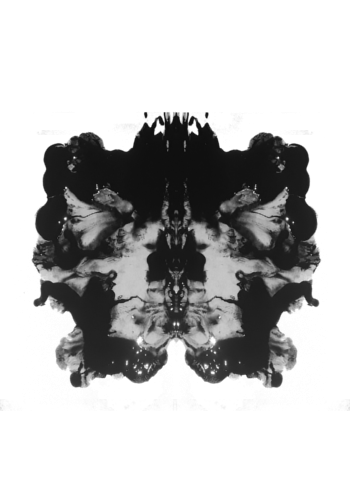
THE COLUMBIAN — AUGUST 04, 1871

These gentry are not yet quite dead. At least the belief in them still lingers in some country districts; while in Southeastern Europe and Southwestern Asia the credence prevails among whole tribes, and even nations.
The most detailed vampire stories belong to the Danubian and Greek countries. Tournefort describes a scene that came under his personal notice in Greece. A peasant of Mycone was murdered in the field in the year 1701. He had been a man of quarrelsome, ill-natured disposition: just the sort of man, according to the current belief of the peasantry, to be haunted by vampires after death. Two days after his burial, it was noised about that he had been seen to walk in the night with great haste, overturning people’s goods, putting out their lights, pinching them and playing them strange pranks. The rumor was so often repeated that at length the priests avowed their belief in its truth. Masses were said in the chapels, and ceremonies were performed, having for their object to drive out the vampire that inhabited the dead man. On the tenth day after the burial, a mass was said, the body was disinterred and the heart taken out. Frankincense was burned to ward off infection ; but the bystanders insisted on the smoke of the frankincense being a direct emanation from the dead body,—a sure sign, according to popular belief, of vampirism. They burned the heart on the seashore, the conventional way of getting rid of vampires.



